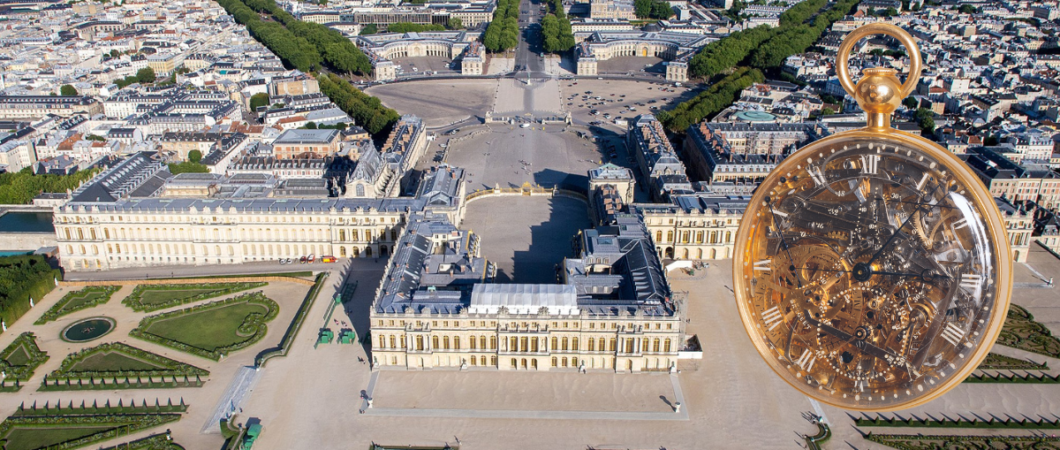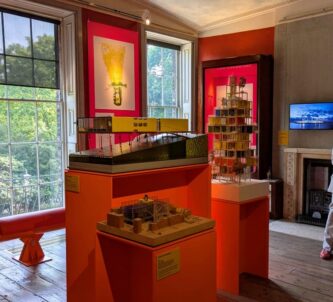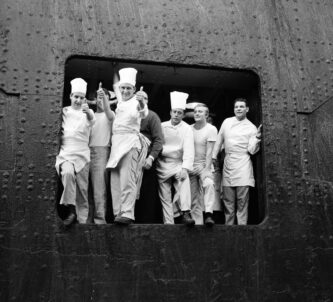One of the world’s most valuable watches will go on display for the first time in the UK in a new exhibition: Versailles: Science and Splendour, which opens on 12 December at the Science Museum in London.
The No.160 watch by Abraham-Louis Breguet – named ‘Marie Antoinette’ after the queen who was meant to wear it – is made of exquisite precious materials and represents the pinnacle of artistic ingenuity and intricate engineering.
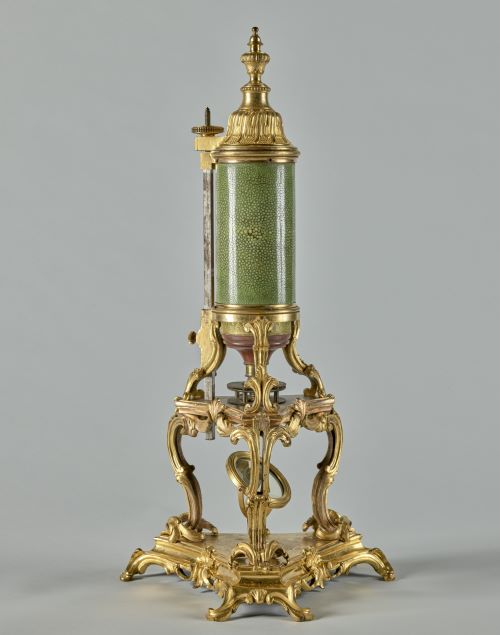
(© Château de Versailles,
Dist. RMN / Christophe Fouin)
Versailles: Science and Splendour will reveal how scientific knowledge, including horology, became widespread, fashionable, and a tool of power to enhance France’s prestige during the 17th and 18th centuries.
The palace of Versailles was the seat of royal power in France in the 17th and 18th centuries, and is renowned for its opulence, but was also a cradle of scientific spirit. The exhibition will take visitors on a 120-year journey through the evolution of science at Versailles, displaying over 100 objects, from the everyday to the extravagant, many of which have never before been displayed in the UK, including the optical microscope made by engineer Claude-Siméon Passemant and bronze-makers Jacques & Philippe Caffieri, c. 1750.
Breguet’s No. 160 watch is the star of the show, though.
He was commissioned in 1783, with an unlimited budget, to make an exceptional timepiece for Queen Marie Antoinette, who already owned several of his watches. Breguet’s masterpiece – the most exquisite and sophisticated watch of its time – was completed several decades later in the 1820s.
Crafted from the finest materials including rubies, sapphires, platinum and gold, this mechanical wonder has a clear crystal dial which reveals the intricate and elegant mechanisms inside. This was not mere style over substance, with the sapphires reducing friction on the moving parts. Breguet’s design and the mechanical expertise of his workshop’s craftsmen enabled the watch to be packed with many impressive functions, each known as a complication.
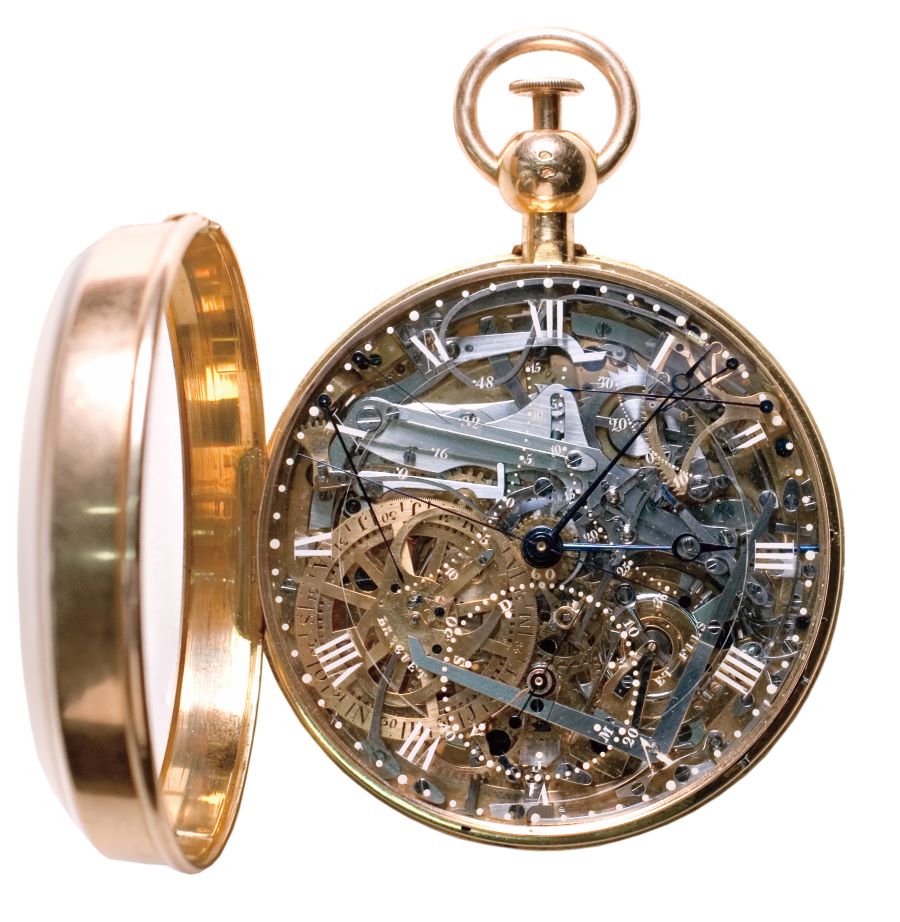
Amongst the watch’s 823 parts, Breguet included mechanisms which supported on-demand sounding of the hour, quarter hour and minute; a perpetual calendar corrected for the leap year; a thermometer, and an independent second hand that acts as a stopwatch.
Thanks to Breguet’s dogged pursuit of perfection, and interrupted by the French Revolution, the watch took several decades to complete, with neither Marie Antoinette nor Breguet remaining alive long enough to enjoy the finished timepiece. So the ‘Marie Antoinette’ No.160 watch wound up (sic) in the possession of the Breguet company until it was sold to Sir Spencer Brunton in 1887. In the 1920’s, it found its way into the collection of Sir David Lionel Salomons, and then was later displayed in the L. A. Mayer Museum for Islamic Art in Jerusalem. The watch’s notoriety grew even further after it was stolen in 1983, remaining missing for more than two decades. Its appearance at the Science Museum, marks the first time the timepiece has travelled abroad since its safe return to the L. A. Mayer Museum for Islamic Art in 2008.
Sir Ian Blatchford, Director and Chief Executive of the Science Museum Group, is particularly enthusiastic about its appearance: “This glorious watch will thrill visitors to Versailles: Science and Splendour, and is one of the most remarkable items we have ever secured. Even in the smallest details, the watch perfectly encapsulates meticulous engineering and a dedication to knowledge and beauty, ideals which are echoed throughout our exhibition and at Versailles itself.”
Versailles: Science and Splendour will run from 12 December 2024 to 21 April 2025. Tickets: £12, 11 yrs and under go free.
If you are interested in horology, specifically French horology, there are some spectacular timepieces in the Musée des Arts et Métiers in Paris, and there’s a clock museum just outside Dieppe.
Feature Photo: Aerial view of the Palace of Versailles – ToucanWings, CC BY-SA 3.0, via Wikimedia Commons
‘Marie Antoinette’ watch ©The Museum for Islamic Art, Jerusalem

